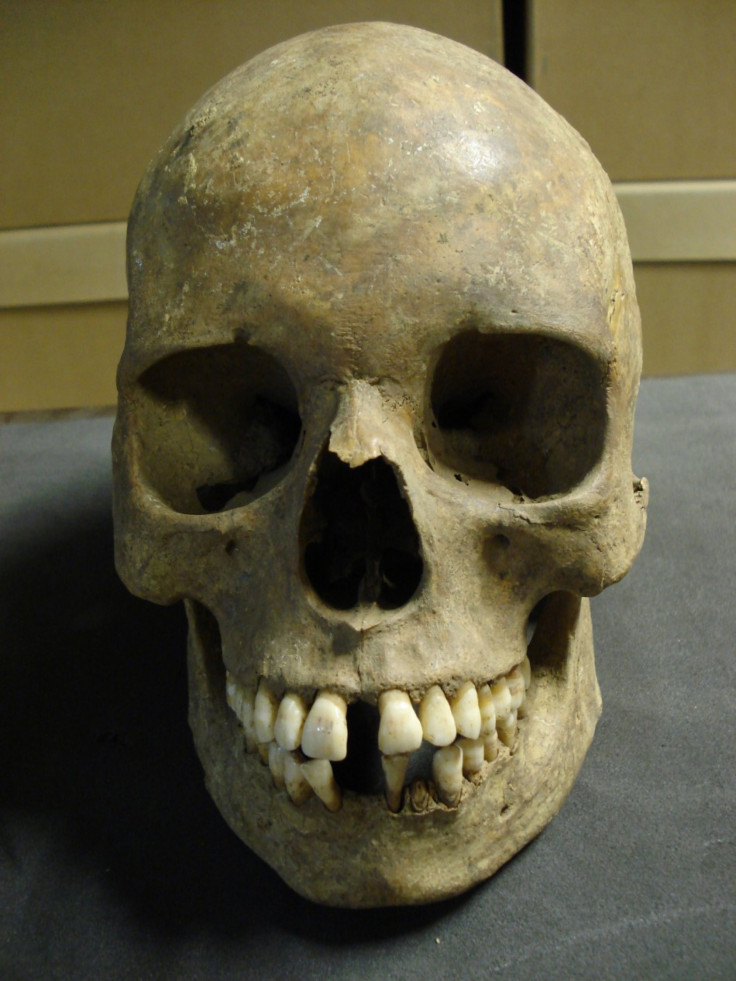Scientists Map Black Death Bacteria from DNA Found in Medieval Teeth

Scientists have managed to map the entire DNA of the Black Death's bubonic plague from the teeth of four 650-year-old skeletons, the remains of victims buried in London's plague pits.
It is the first time that scientists have drafted a complete reconstructed genome of an ancient pathogen. It now opens up a way to track other ancient epidemics and determine how their microbes adapted to human hosts.
The plague bacteria responsible for the Black Death killed a third of Europe's population between 1347 and 1351. The plague reached London in 1348, and about 2,400 people were buried in East Smithfield in a cemetery that was prepared for the coming of the plague. About 50 million Europeans are believed to have perished.
Scientists say the bacteria hasn't changed much since then.
Researchers extracted DNA from the teeth of four skeletons that were exhumed from the cemetery located near the Tower of London. They did this to reconstruct the Yersinia pestis genome, according to a report in the journal Nature. They determined that the bacterium that caused the plague is still highly virulent today.
But it has different symptoms, which has caused some historians to doubt that it was the agent of the Black Death. They say though the germ is still circulating, it probably didn't cause earlier plagues in Rome and Greece, This suggests that the European outbreak was the first to spread the bacteria worldwide, according to researchers.
We do not see a single position in the ancient genome that cannot be found in modern Y. pestis in the same state, researcher Johannes Krause, a professor in the departments of archaeological sciences and human genetics at the University of Tubingen in Germany, told Business Week.
Current evidence is points toward the conditions of the time rather than to properties of the bacterium itself because the genome that scientists recovered from the victims is very similar to that of the present-day bacterium, according to the team of researchers.
The team was led by Krause and Kirsten I. Bos of McMaster University in Hamilton, Ontario.
The bacterium's genome is made up of a single chromosome, some 4.6 million DNA units long, and three small rings of DNA known as plasmids. Only 97 of these DNA units have changed since the 665 years since the Black Death struck. Also only 12 of these changes happened in genes and therefore would affect the organism's physical properties, the researchers said Wednesday in Nature.
Researchers will study the changes in the genome, one by one, in order to find out how each of them affect the microbe's virulence.
The genomic data show that this bacterial strain, or variant, is the ancestor of all modern plagues we have today worldwide. Every outbreak across the globe today stems from a descendant of the medieval plague, Hendrik Poinar, a researcher in ancient DNA, biology and infectious disease at McMaster, told Reuters. He worked with the team. With a better understanding of the evolution of this deadly pathogen, we are entering a new era of research into infectious disease.
Poinar said modern antibiotics can effectively kill the bacteria.
Poinar also said the virulence of the outbreak may have been heightened by other infections going around at the time. There was a dramatic change in the weather and a weakened population, he added.
There is no smoking gun, he said.
Some have said later generations adapted to the bacteria, which helped minimize its deadly effects.
Researchers will return all the teeth used in the study to the skulls they were taken from.
Also Read: Germany's Defunct ROSAT Satellite Fall Site Remains a Mystery
© Copyright IBTimes 2024. All rights reserved.












